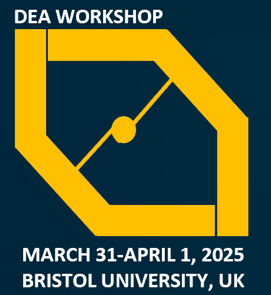The first two phases of the COOPER-framework, i.e., the ‘concepts and objectives’ and ‘On structuring data’, correspond to defining the problem and understanding how decision making units operate. The last two phases, i.e., the ‘evaluation’, and ‘results and deployment’ correspond to summarisation of the results and documentation of the project for non-DEA experts. In between, we show how to synthesize ‘operational models’ for use as the most appropriate non-parametric model. Indeed, although we present the framework for the non-parametric DEA model, as mentioned before, the broad ideas of the framework can easily be adapted to other model specifications such as FDH, SFA, Corrected Ordinary Least Squares (COLS) or Multi-level Models (MLM), obviously with some modification. Even more, before starting the analysis a researcher does not know “what is the best methodology to analyse the research question” and thus could decide that, e.g., SFA is more appropriate. As such, the model specification is an intrinsic part of the process (see phase 3). The selected model is applied in the ‘performance comparison’ phase.
Obviously, the phases are interrelated and affect each other. Therefore, we provide numerous feedback loops connecting the phases. This framework is systematically presented in Figure 2, and summarized in terms of articles in Appendix. Basically, if a problem occurs in a particular phase, the researcher should go back to previous phases in chronological order (e.g., from phase 5 to 4 to 3, etc.). Nevertheless, reconsidering a previous phase does not necessarily take a long time. Once the problem/issue is analysed and solved, the researcher follows again the order of the framework. The relationship between the phases is sometimes very subtle. For example, the ratio of the number of observations to the number of inputs and outputs determines the bias on DEA frontier (because of the ‘curse of dimensionality’). As such, a decision in a previous phase creates issues (in this example problems with consistency) in later phases.
Also note that stakeholders regularly help to design the model (which is very often the case with civil servants and companies because they want to keep control on the study). As such, stakeholders will be very reluctant to assume full availability of data (because of both practical reason, e.g. the data simply do not exist, and/or opportunistic reason, e.g. they do not want to provide sensitive data). Therefore, the data collection phase (phase 2) is presented in the framework before the model construction (phase 4).
















